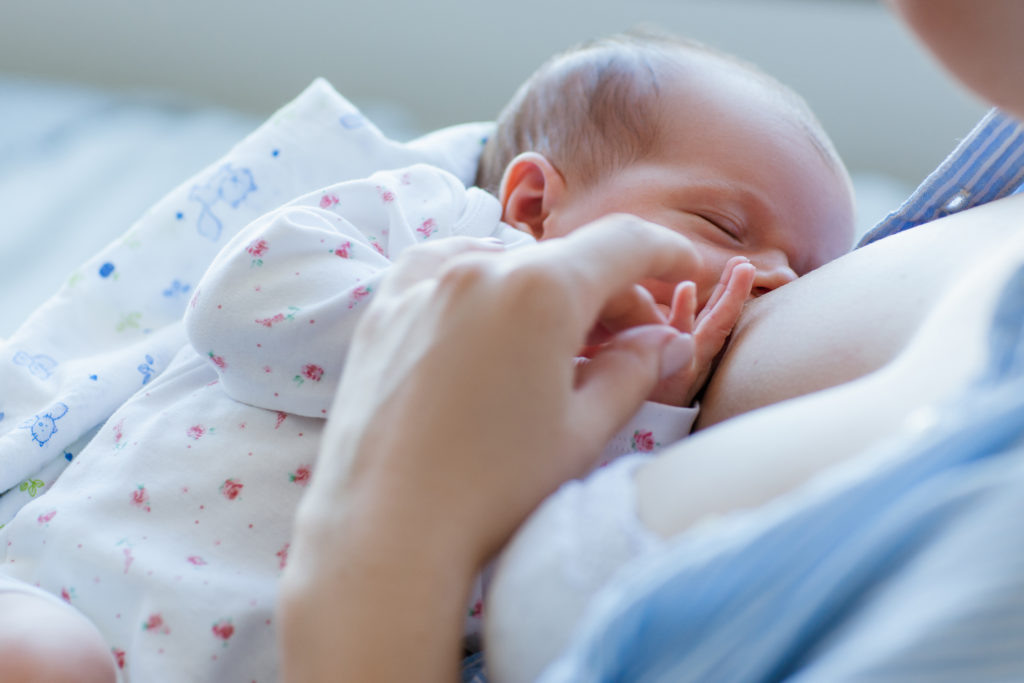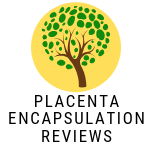
Childbirth is indeed a beautiful experience, bringing a new human to life following the period of gestation. This successful childbirth would not have been possible without the placenta. Yes, a fetus can’t thrive and be viable in the absence of the placenta. And if for some reason the placenta has some problem, it would be observed on the fetus in terms of low birth weight, premature birth, and other such birth defect complications. Suffice to say that the placenta is very instrumental in any successful pregnancy. But, what exactly does the placenta do?
The placenta is the medium by which oxygen and nutrients are provided for the growing fetus. Fetal lungs are not fully developed to allow them to breathe on their own so the placenta assists in providing oxygen for this child.
It also helps to remove waste products from the baby’s blood including carbon (IV) oxide. As with all living organisms, the accumulation of toxic waste products would lead to multiple organ damage, infection, and complications. These complications would be more pronounced in a fetus with developing organs.
It is not so hard to see why the placenta is important to the baby anymore. And while the placenta has significance for the baby during the pregnancy, it has also been seen to be important even after delivery. Before we go into that, there is one major concern on the use of the placenta after delivery and that is simply.
Sanitary concerns
And here is the reason why.
The placenta and its associated umbilical cord is the medium of transport of nutrient, gases and waste product and is usually filled with blood and air. It is also possible for it to house micro-organisms on its exposure to the external environment during delivery and as such, is treated as a biohazard by most hospitals. If you have any plans to keep and use the placenta, then you would need to make adequate arrangements with the hospital before delivery so that the placenta is not disposed of immediately after the delivery.
Some questions would need to be answered to ascertain how healthy placenta is on the occasion that you want to take it home. If any of the questions below is replied with a “no”, then it is unsafe to take home or even attempt to use or consume the placenta.
Was the placenta birthed on a clean surface?
Was it stored in a safety bag immediately after birth?
Was it kept in a fridge within 30 minutes of delivery?
Has your placenta continually remained in a fridge or cold place?
Did you give birth not more than 3 days ago?
If your answer to all these questions is yes, then congratulations, your placenta is safe to be taken away from the hospital for your use. If not, it is possible there could be a serious infection with its handling and use and should preferably be left at the hospital for incineration.
